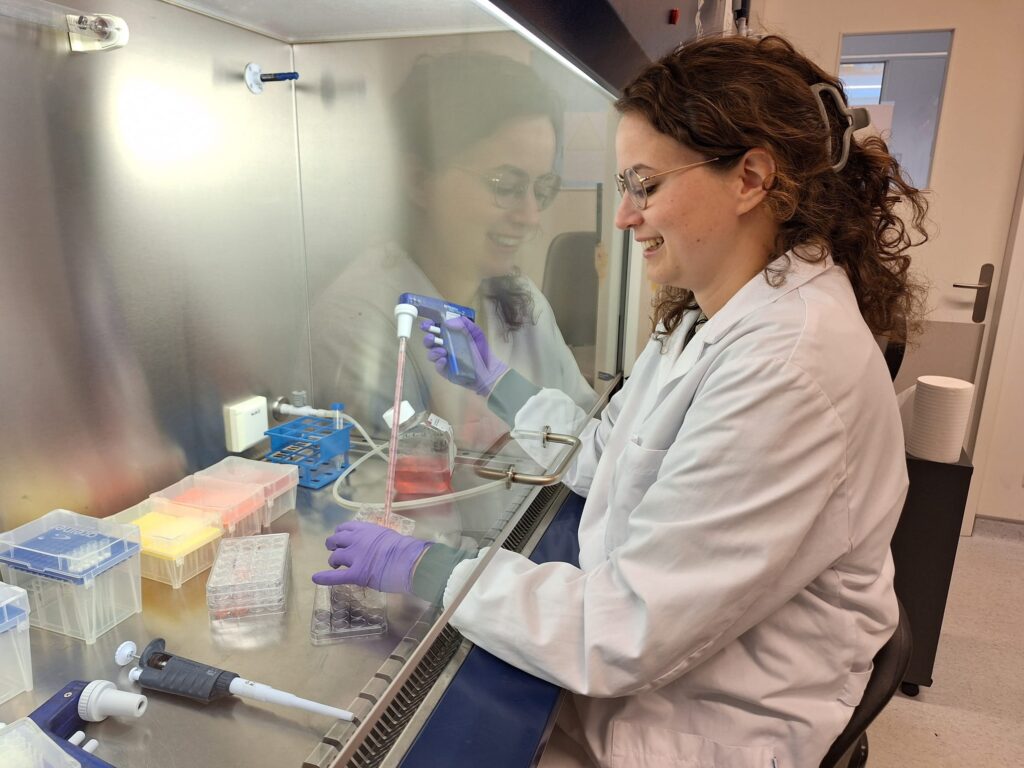Patient derived primary materials have a high potential for accelerating fundamental and translational science, via biomarker and drug discovery, development of personalized medicine, and many more applications. Biobanks can form a great tool to provide researchers with those materials. In this article, Heleen Sonneveld van Kooten, coordinator of the biobank of our Centre for Living Technologies in UMC Utrecht discusses interesting aspects about biobanks and its impact on translational medicine.

A biobank is a collection of (human) tissues and associated (medical) data, intended for biomedical research. In a biobank, we can collect materials from a specific organ or from donors with a specific (type of) disease. The materials can be collected specifically for the biobank, e.g. nasal epithelial cells from a nasal swab, or consist of medical waste, e.g. part of a lung that is left over after surgery. The donor (or their parent or guardian if the donor is underage) signs a broad consent form, via which they give permission that their materials and data may be used for a biobank. The biobanks that are embedded in the Centre for Living Technologies (CLT) consist of living materials, e.g. epithelial cells or organoids. Since these materials can be propagated in vitro, they can be used in many different research projects without depleting the biobank stocks.
All biobanks within the UMC Utrecht are governed by the Biobank Research Ethics Committee (TCBio), which mainly consists of physicians, lawyers and ethicists. TCBio plays an essential role in determining which biobanks can collect what materials, and which research projects can use those materials. Before a researcher can use cells from a biobank, a release protocol must be approved by TCBio. The release protocol describes the project in detail, along with measures to protect donor privacy.
Coordinator translational research
“Since 2021, I’m working as a coordinator translational research in UMC Utrecht, funded by the CLT. In this role, I coordinate most aspects of maintaining several biobanks. A big part of this concerns the process of requesting use of biobank materials from TCBio. While the researcher must come up with the details about the proposed research, I arrange the other necessary information and (legal) documents to complete the request. My activities span the entire biobank process; from approaching potential donors and collecting their materials, to making sure the materials are stored in an easy-to-find way, to sending out the biobank materials to the scientists once there is approval from TCBio. In this role, I am involved with both the research laboratories using the materials, as well as with the hospital staff who are the first point of contact for the patient.”
New biobank
“One big project that I am involved in is the start of a new biobank, in which kidney cells are stored. For the start of a new biobank, many documents need to be arranged and submitted to TCBio. While I wasn’t involved in writing the first versions of those documents, I did work through the revision requests of TCBio, together with researchers from Nephrology. Now that the biobank is approved, we are busy setting up the logistics and the correct registration processes. The logistics can be surprisingly difficult to arrange, since people of many different disciplines are to be involved to make a biobank run smoothly. For example, we depend on treating physicians to approach patients for the biobank, on staff from pathology to provide us with the materials after surgery and on data managers to help us arrange the documents for TCBio and to run the registry of the biobank.”
Human health challenges
“Within EWUU, the goal is to facilitate scientific breakthroughs in, among others, human health challenges. The biobanks currently existing, and our knowledge about them, are part of the infrastructure to facilitate the research needed for such breakthroughs. Several of our biobank materials are in use by other members of the CLT. The existing understanding of each other’s work and the personal connection that we have, help to make the request process more smoothly. It is also really rewarding to see other CLT members present their work done with materials from one of the biobanks that I maintain.”
For the benefit of patients
“For the future, we are working on standardizing our procedures, within our own biobanks and within the UMC Utrecht. More standardization means less trial and error for the different people responsible for the various biobanks within the hospital, and more streamlined and efficient procedures throughout. The goal of all research done with our biobank materials is to benefit the patient groups that we can study through the materials. Our donors benefit when relevant research groups can use their material quickly, while the donor’s privacy and rights are protected. This is a mission that I’m working towards daily.”